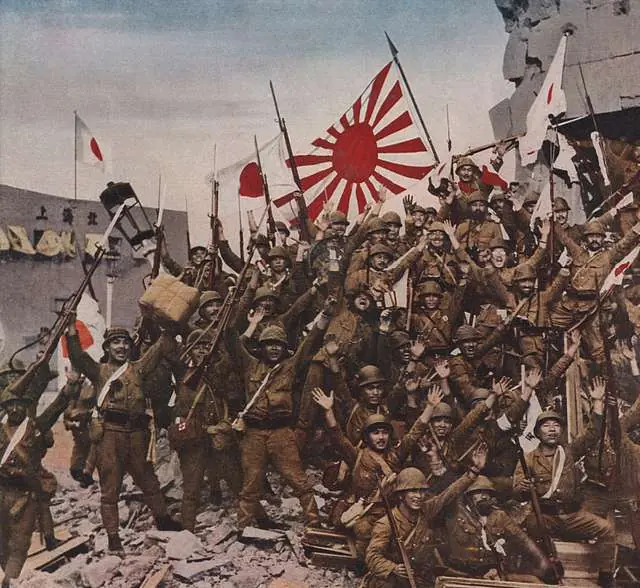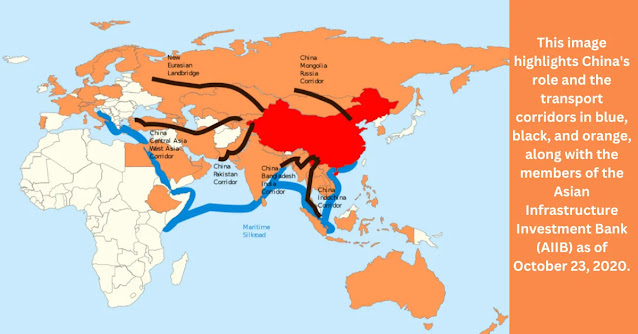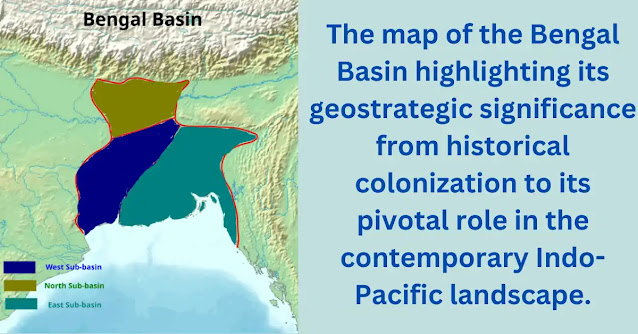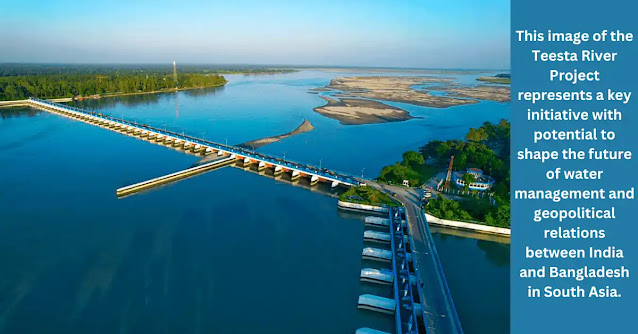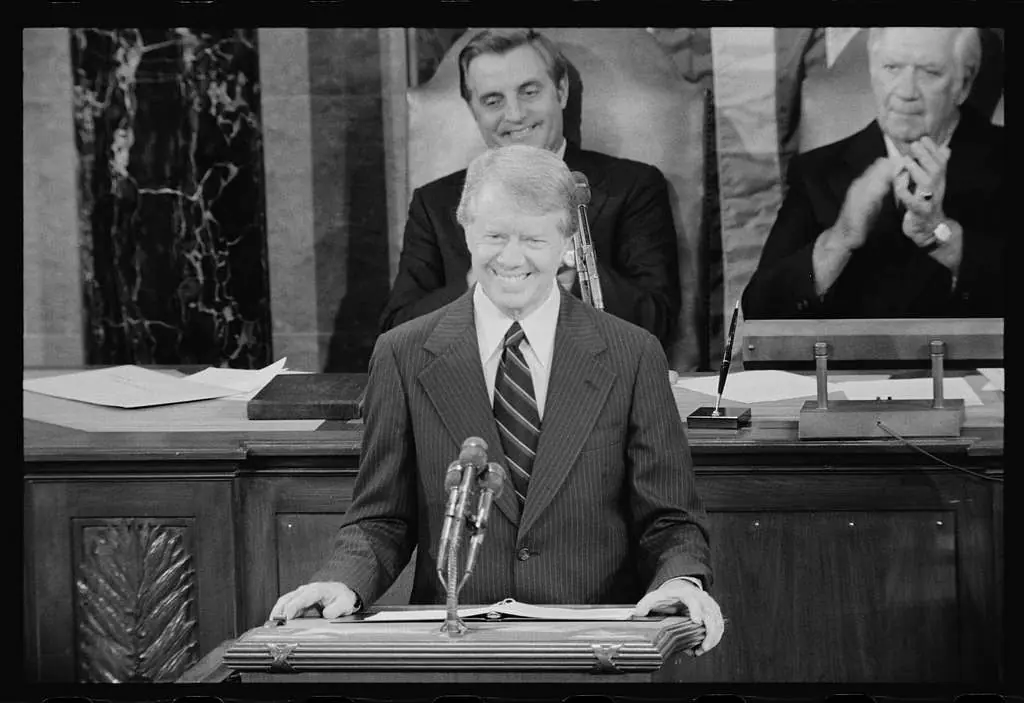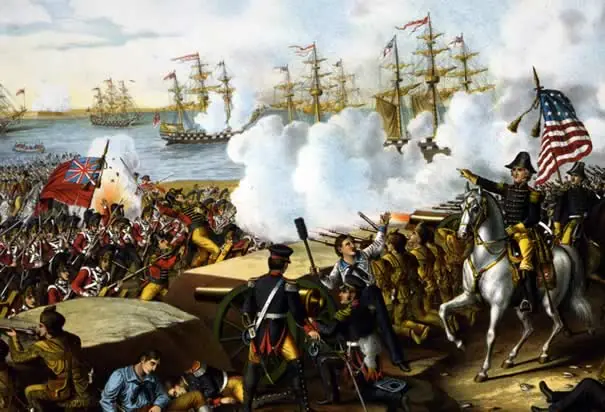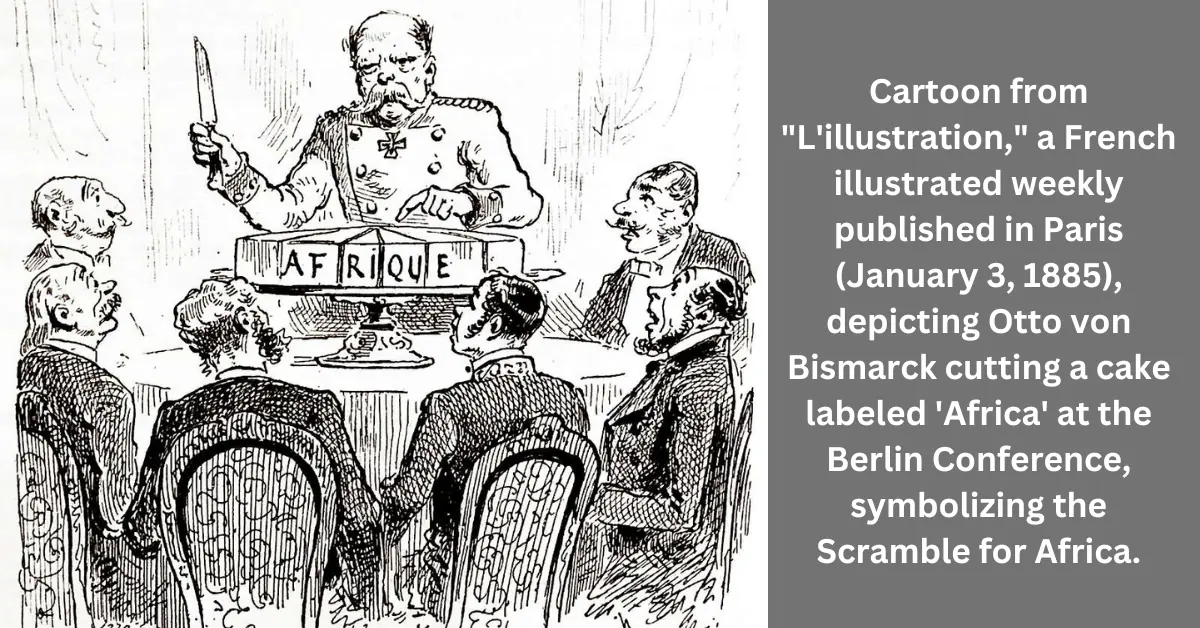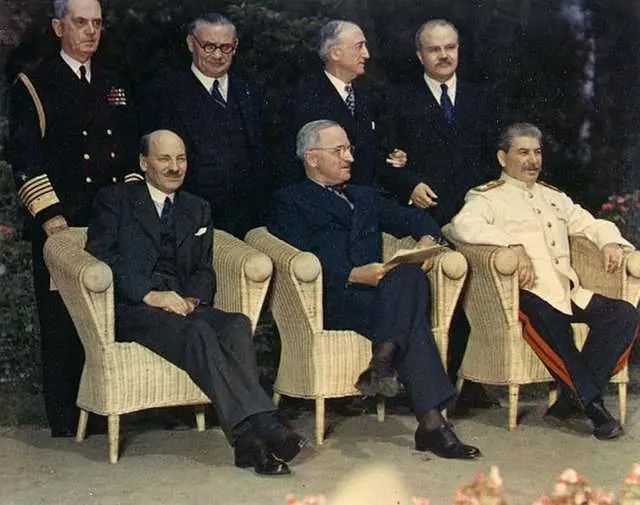The Atomic Dilemma: Unraveling the Ethics of Hiroshima and Nagasaki
On 6 and 9 August 1945, the United States exploded two nuclear bombs over the Japanese cities of Hiroshima and Nagasaki, respectively. The air bombings combined resulted in the deaths of approximately 129,000 to 226,000 people, mostly civilians, and they are the only instances of nuclear weapons being used in armed conflicts. The nuclear bombing on Hiroshima and Nagasaki, Japan, during World War II remains one of the most controversial and shocking events in human history, shaping the course of geopolitical history and redefining the role of nuclear weapons in global geopolitics.
This article explores into the advancement of Japan after the war, its relations with America, the effects of the bomb, and the necessary steps taken by mankind to recover from its catastrophe. Understanding the consequences of this tragic event is crucial to promoting peace and preventing future conflicts.
Table of Contents:
- Enola Gay: The Flight that Changed History
- Japan’s Post-War Technological Renaissance
- Japan’s Vision for a Free and Open Indo-Pacific
- A Strategic Alliance: The U.S.-Japan Partnership after WWII
- Surviving the Unthinkable: Accounts of Hiroshima’s Devastation
Enola Gay: The Flight that Changed History
When the nuclear bomb was dropped on the Japanese city of Hiroshima on August 6, 1945, WWII had boiled for a long time. Germany had been crushed and Europe lay in ruins. Focus turned to Japan, the last Alliance Power country. President Harry Truman and his military commanders knew that invading Japan would come at a high cost in terms of Allied lives – they predicted up to a million casualties. So, they decided to use the newly developed nuclear bomb to destroy Japanese cities completely without sending troops to fight on the ground.
A plane called the B29 Superfortress, nicknamed Enola Gay, dropped a powerful nuclear bomb on Hiroshima. Another bomb was dropped on Nagasaki just after three days later. These bombings killed between 129,000 to 226,000 people, mostly innocent civilians. About half of them died instantly during the bombings, and others succumbed to radiation sickness and various illnesses in the following weeks and months.” The moral, legal and ethical focuses of the bombing are still discussed currently. Days after the explosion, Japan surrendered to the Allies, and came under a US-led military occupation.
Japan’s Post-War Technological Renaissance:
In the wake of World War II, Japan embarked on a remarkable journey of reform and reconstruction. Overcoming immense challenges, the country successfully rebuilt its cities, industries, and infrastructure, catapulting itself into an era of economic prosperity. Today, it exemplifies a remarkable evolution in manufacturing and technology, leading the way in advancements across electronics, automotive production, and cutting-edge fields such as robotics, artificial intelligence and eco-friendly innovations.
Japan has outlined ambitious renewable energy targets in its 6th Strategic Energy Plan (2021), with the goal of reaching carbon neutrality by 2050. A key focus is on offshore wind energy, with plans to generate 30–45 GW by 2040 through the development of both fixed-bottom and floating wind technologies. Additionally, Japan’s CCS (Carbon Capture and Storage) Policy focuses on reducing unavoidable CO₂ emissions across industries, with a target of storing 120 to 240 million tons of CO₂ by 2050 to support its carbon neutrality goals.
Japan is at the forefront of the technological revolution, spearheading advancements in next-generation battery technology, including solid-state batteries. These breakthroughs are reshaping the electric vehicle (EV) industry, enhancing renewable energy storage systems, and significantly influencing the global energy landscape. A key example of Japan’s impact is the partnership between Panasonic and Tesla, which marked a major milestone in the global battery industry. Their collaboration led to the construction of the Giga-factory in Nevada, boosting mass battery production and technological innovation. Following the success of Tesla’s Model S, the partnership expanded in 2013, securing the supply of billions of lithium-ion battery cells for future EV models like the Model X.
Japan’s Vision for a Free and Open Indo-Pacific:
In the realm of politics and geography, Japan actively advocates for a free and open Indo-Pacific region. This vision entails promoting stability, economic growth, and adherence to international law. By doing so, Japan seeks to safeguard the integrity of the international order and prevent potential challenges.
Japan has emerged as a key advocate for the “Free and Open Indo-Pacific” (FOIP) concept, a strategic framework aimed at fostering a stable, prosperous, and rules-based Indo-Pacific region. Introduced by former Prime Minister Shinzo Abe in his keynote address at TICAD VI in Kenya in 2016, the Free and Open Indo-Pacific emphasizes principles such as freedom of navigation, rule of law, and free trade. Japan plays a pivotal role in driving regional cooperation through economic initiatives, security partnerships, and diplomatic engagement. The FOIP vision seeks to ensure the Indo-Pacific remains an open and inclusive region, promoting peace, stability, and prosperity as “international public goods.”
You May Also Read:
- The Yalta Conference: A Political World-Order & American Plan
- The Soviet Invasion of Manchuria: Catalyst for the End of World War II
Japan actively supports infrastructure development through initiatives like the “Partnership for Quality Infrastructure,” enhancing connectivity across Asia and Africa. It also strengthens economic partnerships through trade agreements and investment treaties while fostering human resource development and institutional connectivity. Additionally, Japan prioritizes maritime security, addressing challenges such as piracy, illegal fishing, and maritime disputes, while collaborating with regional partners like India, Australia, and the United States to bolster defense and disaster relief capabilities.
Japan’s FOIP vision extends beyond Asia, aiming to connect the Indo-Pacific region with Africa and the Middle East through enhanced physical, institutional, and people-to-people connectivity. By leveraging ASEAN’s centrality and unity, Japan seeks to replicate the economic success of Southeast Asia in other regions. Through initiatives like the East-West Economic Corridor and the Delhi-Mumbai Industrial Corridor, Japan is building a network of infrastructure and economic partnerships that span the Indian and Pacific Oceans. This comprehensive approach underscores Japan’s commitment to a free, open, and inclusive Indo-Pacific, ensuring long-term stability and prosperity for all nations in the region.
 |
A Strategic Alliance: The U.S.-Japan Partnership after WWII
After World War-2, Japan transformed from a bitter adversary of the United States to one of its closest allies in the Asia Pacific region. This transformation was driven by the U.S. occupation, led by General Douglas MacArthur, which aimed to establish peace and prevent communism. By promoting democracy and allowing Emperor Hirohito to remain as a figurehead, the U.S. sought to maintain stability and foster cooperation among the Japanese people during this critical period.
Japan’s economic success hinged on fostering strong trade relationships with key nations such as the United States, China, and European countries. By strategically positioning itself as a global exporter, Japan carved a niche for its high-quality products in the international market. This strategic approach propelled the nation’s economic growth and prosperity.
However, Japan also faces certain challenges in the contemporary world. An aging population and declining birth rates pose demographic concerns, impacting labor markets and social safety structures. Additionally, Japan encounters occasional difficulties in its relationships with neighboring countries, leading to occasional tensions.
Japan’s post-World War II development serves as an inspiring model of resilience and progress. As a global economic powerhouse, Japan wields significant influence among world powers. Its unwavering commitment to innovation, international collaboration, and peace positions it as a key player in addressing global challenges and driving the international community towards a more prosperous and secure future.
 |
Surviving the Unthinkable: Accounts of Hiroshima’s Devastation
The decision to employ the atomic bomb on Hiroshima remains highly controversial and widely debated. Its use was justified by the belief that this extreme measure would compel Japan’s surrender and effectively end the war. Eyewitnesses recount a blinding flash of light and a deafening blast. Survivors had different experiences depending on how close they were to the blast. Many said it felt like a regular bomb going off, breaking windows, throwing people around, and destroying buildings. However, the resulting high-temperature fires swiftly engulfed wooden and paper houses, incinerating everything within a two-kilometer radius.
The atomic bomb dropped by the United States on Hiroshima caused catastrophic destruction, destroying about 70% of buildings and killing approximately 80,000 people instantly, with an estimated 60,000 additional deaths by year’s end due to radiation and injuries. The impact was worsened by the loss of over 90% of the city’s doctors and nurses, according to the International Campaign to Abolish Nuclear Weapons (ICAN).
It is important to note that the retelling of historical events should always be approached with sensitivity and a commitment to understanding the complexities and perspectives involved. The atomic bombings of Hiroshima and Nagasaki were among the most tragic and consequential events of the 20th century, prompting ongoing discussions about the use of nuclear weapons and the ethical implications surrounding them.
 |
Conclusion:
The nuclear bombing of Hiroshima was a stark reminder of humanity’s destructive potential. Post-World War II, Japan made strides in rebuilding, fostering improved relations with America. Despite the devastation, the reconstruction efforts highlighted our resilience and capacity to repair and enhance our surroundings. It’s crucial to learn from history, pursue peaceful resolutions, and remember Hiroshima, ensuring a future free from the horrors of nuclear conflict.
The commemoration of Hiroshima serves not only to honor the victims but also as a powerful reminder of the catastrophic consequences of nuclear warfare. Each year, these solemn events emphasize the urgent need for global collaboration in the pursuit of peace and highlight humanity’s shared responsibility to foster understanding and cooperation to create a harmonious future free from the horrors of war and nuclear weapons.
Frequently Asked Question
President Harry Truman and his military commanders knew that invading Japan would come at a high cost in terms of Allied lives – they predicted up to a million casualties. So, they decided to use the newly developed nuclear bomb to destroy Japanese cities completely without sending troops to fight on the ground.
In the wake of World War II, Japan embarked on a remarkable journey of reform and reconstruction. Overcoming immense challenges, the country successfully rebuilt its cities, industries, and infrastructure, catapulting itself into an era of economic prosperity. Through a combination of government initiatives, foreign aid, particularly from the U.S. through the Marshall Plan, and the resilience of its people, Japan transformed into one of the world's leading economies.
Japan has outlined ambitious renewable energy targets in its 6th Strategic Energy Plan (2021), aiming to achieve carbon neutrality by 2050. A key focus is on offshore wind energy, with plans to generate 30–45 GW by 2040 through the development of both fixed-bottom and floating wind technologies. Additionally, Japan's Carbon Capture and Storage (CCS) Policy aims to reduce unavoidable CO₂ emissions across industries, targeting the storage of 120 to 240 million tons of CO₂ by 2050 to support its carbon neutrality goals.
Japan has emerged as a key advocate for the “Free and Open Indo-Pacific” (FOIP) concept, a strategic framework aimed at fostering a stable, prosperous, and rules-based Indo-Pacific region. Introduced by former Prime Minister Shinzo Abe in his keynote address at TICAD VI in Kenya in 2016, the Free and Open Indo-Pacific emphasizes principles such as freedom of navigation, rule of law, and free trade. Japan plays a pivotal role in driving regional cooperation through economic initiatives, security partnerships, and diplomatic engagement. The FOIP vision seeks to ensure the Indo-Pacific remains an open and inclusive region, promoting peace, stability, and prosperity as “international public goods.”
After World War II, Japan transformed from a bitter adversary of the United States to one of its closest allies in the Asia Pacific region. This transformation was driven by the U.S. occupation, led by General Douglas MacArthur, which aimed to establish peace and prevent communism. By promoting democracy and allowing Emperor Hirohito to remain as a figurehead, the U.S. sought to maintain stability and foster cooperation among the Japanese people during this critical period. Why did the U.S. drop atomic bombs on Hiroshima and Nagasaki?
How did Japan rebuild after World War II?
What is Japan’s role in renewable energy and carbon neutrality?
What is Japan’s Free and Open Indo-Pacific (FOIP) vision?
How did Japan become a U.S. ally after World War II?


